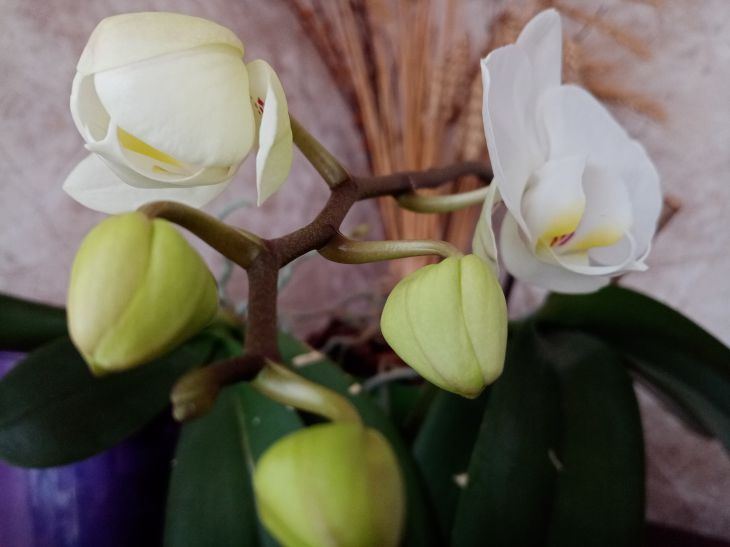One of the orchid's features is the presence of aerial roots that can emerge from the pot and grow in different directions. Why are they needed and how to handle them?
Anastasia Kovrizhnykh , an expert of the online publication "BelNovosti", an agronomist and landscape designer, spoke about caring for orchid roots.
Why does an orchid have aerial roots?
Orchid aerial roots are a way of adapting to the conditions of the environment. In nature, orchids grow on trees and feed on moisture and nutrients from the air.
Aerial roots help them to gain a foothold on the support and absorb moisture and oxygen.
At home, aerial roots also perform these functions and also serve as an indicator of the plant's condition.

The color, thickness and moisture content of the aerial roots can be used to determine whether the orchid needs watering, feeding or replanting.
How to Care for Orchid Aerial Roots
Orchid aerial roots should not be removed, trimmed or hidden in a pot, as this can harm the plant. Follow a few rules for root care.
Maintain an optimal level of humidity in the room where the orchid grows.
Humidity should be at least 50-60%, for this you can use humidifiers or place the orchid pot on a tray with wet expanded clay.
Water the orchid as needed, avoiding over-watering or drying out the substrate.
Water the orchid in the morning so that the aerial roots have time to dry out by the evening and do not rot. Water the orchid under the tap or lower the pot into water for a few minutes so that the aerial roots are also saturated with moisture.
Orchids require special nutrients for healthy growth and abundant flowering, which contain nitrogen, phosphorus, potassium and many microelements.
During periods of active growth and flowering, it is recommended to fertilize orchids every two weeks. Fertilizers must be diluted in water, strictly following the attached instructions. When fertilizing, also moisten the aerial roots so that they receive nutrition.
Repot your orchid as needed when the substrate becomes too dense, acidic or dirty.
Replant the orchid in a transparent pot that will allow light to reach the aerial roots.
Choose a pot that is appropriate for the size of the root system, not too big or too small.
Use a special substrate for orchids, consisting of pine bark, moss, vermiculite and other drainage materials.
When replanting, carefully free the roots from the old substrate, remove damaged or rotten roots, and leave healthy roots in place.
Earlier we wrote about what plants should be planted next to tomatoes .









